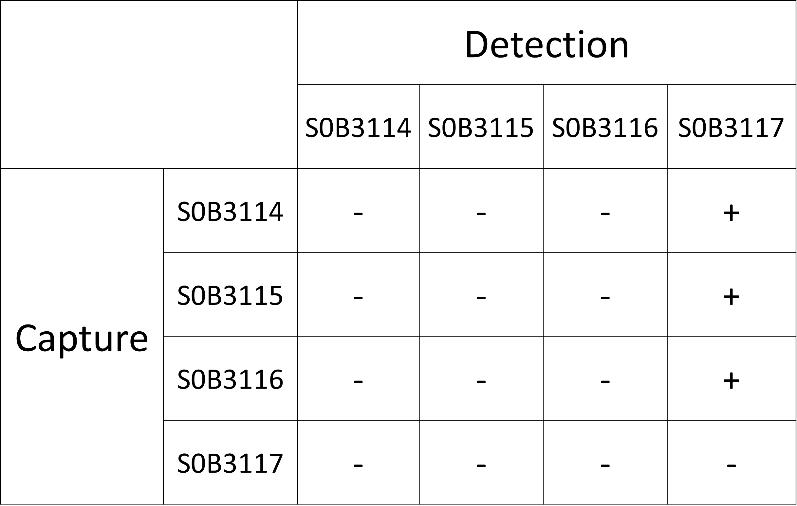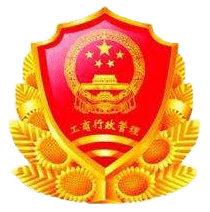












Does not recognize antithromnin III, PIC complex, tPA-PAI-1 complex

Sandwich ELISA
N/A

Also known as coagulation factor II, thrombin is a serine protease that plays a physiological role in regulating hemostasis and maintaining blood coagulation. Once converted from prothrombin, thrombin converts fibrinogen to fibrin, which, in combination with platelets from the blood, forms a clot. Thrombin–antithrombin complex (TAT) is a protein complex of thrombin and antithrombin. It is a marker of net activation of coagulation. TAT is formed in response to the high thrombin level caused by coagulation following a ruptured vessel. Since thrombin is rapidly bound by antithrombin, TAT is a useful measure for thrombin level in the blood. Thrombin can pass the blood–brain barrier, destroying neurons and potentially causing cerebral edemas. The half-life of TAT is approximately 15 minutes.

12 months from date of receipt / reconstitution, 2 to 8 °C as supplied.
参考图片








 用小程序,查商品更便捷
用小程序,查商品更便捷







 危险品化学品经营许可证(不带存储) 许可证编号:沪(杨)应急管危经许[2022]202944(QY)
危险品化学品经营许可证(不带存储) 许可证编号:沪(杨)应急管危经许[2022]202944(QY)  营业执照(三证合一)
营业执照(三证合一)